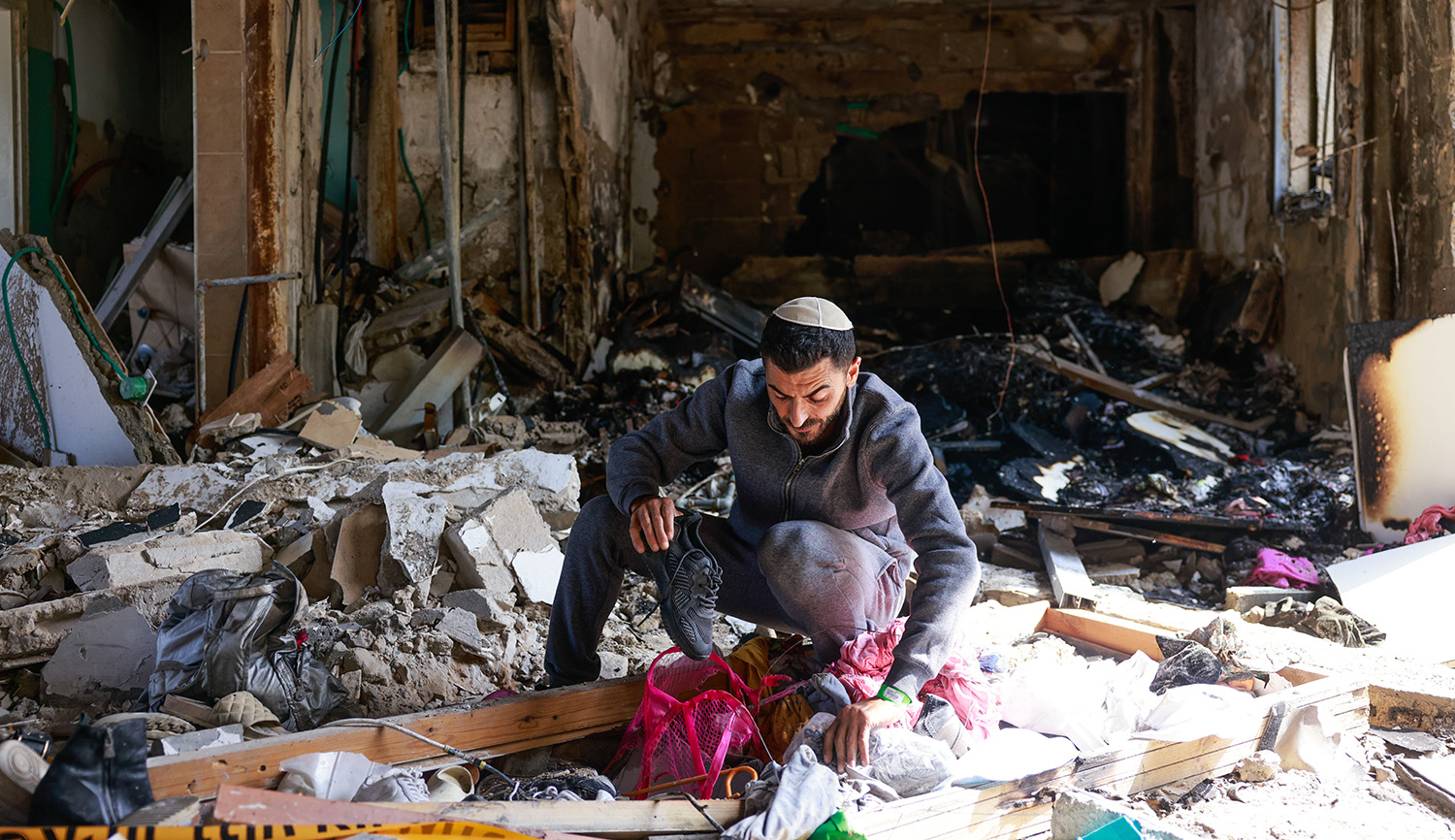In the 19th century, Jewish communities were scattered across the American South, in small towns as well as big cities. Changing demographic patterns led many synagogues to fall into disuse. Some have been destroyed, or sold off, while others have been preserved as landmarks or museums. Yet others have been disassembled and relocated, as recently happened to the synagogue of Brenham, TX, now to be found in Austin. Samuel Grubner writes:
This past week, during Hanukkah, the 121-year-old wood-frame, clapboard-sided B’nai Abraham synagogue of Brenham, Texas, has been sliced in pieces, trucked across four counties, and re-erected on the Dell Jewish Community Campus in Austin. For the first time in decades, the synagogue will host a daily Orthodox minyan and be the central place for an active Texas Jewish community. . . . B’nai Abraham’s Orthodox identity is one of the distinctive aspects about the Brenham shul. It is the oldest standing intact synagogue in Texas, founded by Orthodox Jews from Poland and Lithuania in the 1880s and rebuilt in 1893 after a fire. . . . The building is modest in appearance. Its pointed arched entryway and the triangular window heads give a simple Gothic look, like many small-town Southern churches, but without a steeple. Inside, however, it is arranged like an East-European shul, with a central lectern and a gallery for women over an entrance vestibule opposite the ark.
More about: American Jewry, Jewish architecture, Synagogues, Texas


